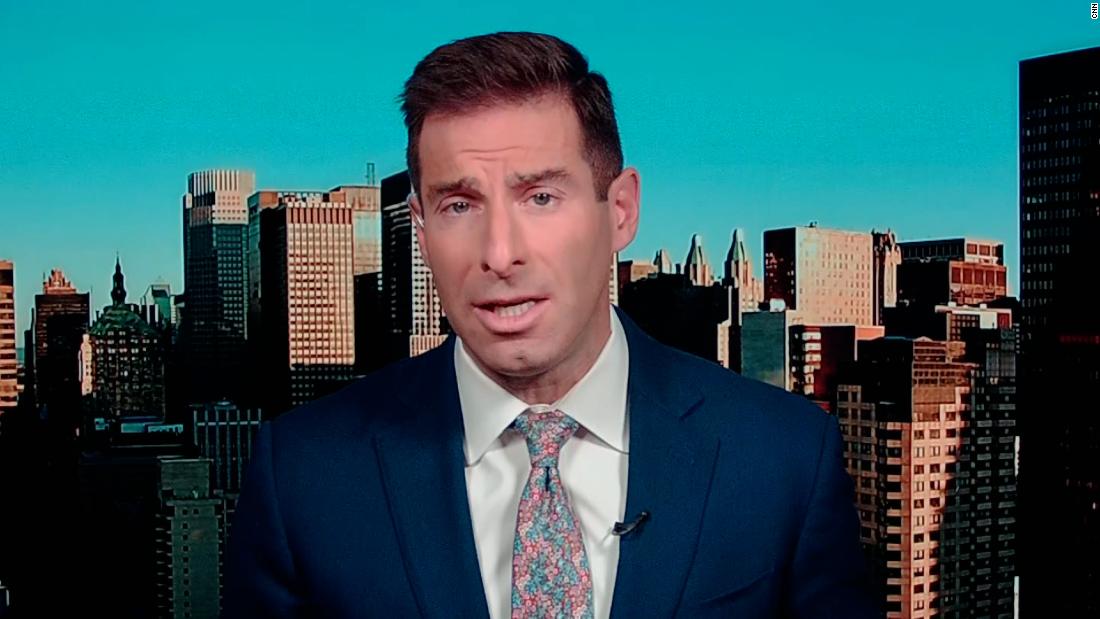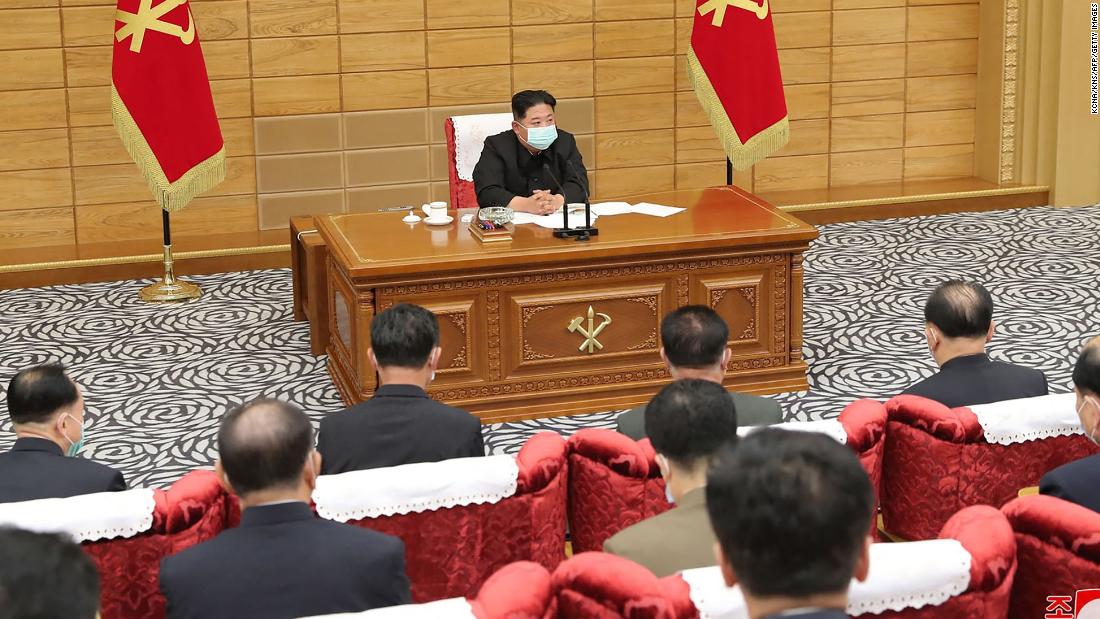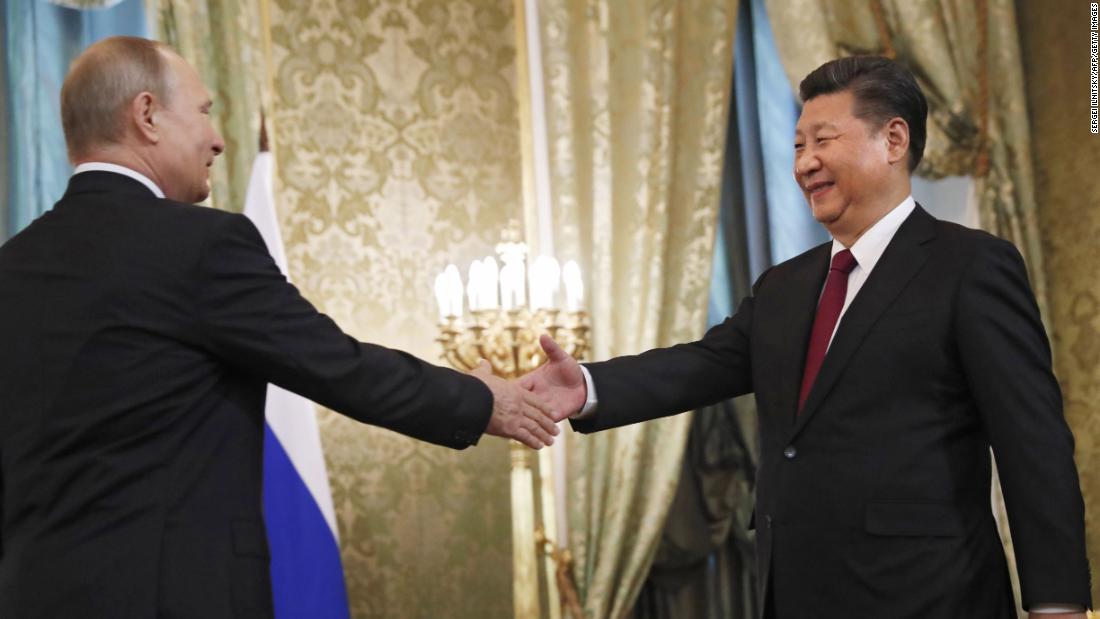These star athletes were barred from competing because of how they were born
Skip intro Best experienced with sound Unmute Mute Her Olympic dreams were crushed Her career was derailed by unproven science Running as equals The elite athletes fighting for acceptance By Ivy Nyayieka , Christina Macfarlane and Jo Shelley Editors Note: This story is part of As Equals, CNN’s ongoing series on gender inequality. Read more from As Equals here and read our FAQs for information about how the series is funded and more. Listen to this story 0:00 0:00 A s an ambitious, determined teenager, Annet Negesa urged her body to run faster, and her body, always loyal, obliged her. Even before the middle-distance runner had a coach, Negesa was qualifying for -- and winning -- major regional competitions. At 19, she would travel to Daegu in South Korea for the 2011 World Championships. After securing a top-three spot in the 800 meter and 1500 meter categories, in four international competitions, the Ugandan athlete qualified to represent her country at the 2012 London Olympics. The following year, the young woman from Iganga, a small village in eastern Uganda, was named ‘Athlete of the Year’ by the Uganda Athletics Federation and seemed set for a life in the athletics spotlight. That did happen -- but not in the way she had hoped. Much has been written all over the world about Negesa. Not only because of her victories on the track, but also because of what happened to her off it. 'I felt my life is over': Negesa shares her harrowing story In August 2011, while at the World Championships, Negesa submitted to blood tests. According to the International Association of Athletics Federations (IAAF, now known as World Athletics) this was a requirement for all athletes competing that year. But Negesa says she never received her test results, and without them, life continued as normal: With intense training for the London Games. It was while in Europe, just weeks before the competition, that Negesa would get a call from her manager, informing her that she could no longer compete at the Olympics. She says he explained that the blood samples revealed levels of the hormone, testosterone, in her blood that IAAF considered too high and that at the recommendation of the athletics governing body, she would need to get further tests. Negesa’s bright future quickly darkened from that point. She headed to a specialist hospital in the south of France, the name of which was provided by the IAAF. There, she underwent a medical assessment that involved a further blood test and an MRI scan. Again, Negesa says she didn’t understand what was happening, nor was she given any paperwork. “No one gave me advice ... like: ‘If you do this, you’ll get this later.’ No one explained to me what the consequences are.” World Athletics disputes this, saying in an email that “Ms. Negesa and her team were provided with the results of the tes


Skip intro
Best experienced with sound
Unmute MuteHer Olympic dreams were crushed
Her career was derailed by unproven science
Running as equals The elite athletes fighting for acceptance
By Ivy Nyayieka , Christina Macfarlane and Jo Shelley
Editors Note: This story is part of As Equals, CNN’s ongoing series on gender inequality. Read more from As Equals here and read our FAQs for information about how the series is funded and more.
A s an ambitious, determined teenager, Annet Negesa urged her body to run faster, and her body, always loyal, obliged her.
Even before the middle-distance runner had a coach, Negesa was qualifying for -- and winning -- major regional competitions. At 19, she would travel to Daegu in South Korea for the 2011 World Championships. After securing a top-three spot in the 800 meter and 1500 meter categories, in four international competitions, the Ugandan athlete qualified to represent her country at the 2012 London Olympics.
The following year, the young woman from Iganga, a small village in eastern Uganda, was named ‘Athlete of the Year’ by the Uganda Athletics Federation and seemed set for a life in the athletics spotlight.
That did happen -- but not in the way she had hoped. Much has been written all over the world about Negesa. Not only because of her victories on the track, but also because of what happened to her off it.
'I felt my life is over': Negesa shares her harrowing story
In August 2011, while at the World Championships, Negesa submitted to blood tests. According to the International Association of Athletics Federations (IAAF, now known as World Athletics) this was a requirement for all athletes competing that year.
But Negesa says she never received her test results, and without them, life continued as normal: With intense training for the London Games.
It was while in Europe, just weeks before the competition, that Negesa would get a call from her manager, informing her that she could no longer compete at the Olympics.
She says he explained that the blood samples revealed levels of the hormone, testosterone, in her blood that IAAF considered too high and that at the recommendation of the athletics governing body, she would need to get further tests.
Negesa’s bright future quickly darkened from that point. She headed to a specialist hospital in the south of France, the name of which was provided by the IAAF. There, she underwent a medical assessment that involved a further blood test and an MRI scan.
Again, Negesa says she didn’t understand what was happening, nor was she given any paperwork. “No one gave me advice ... like: ‘If you do this, you’ll get this later.’ No one explained to me what the consequences are.”
World Athletics disputes this, saying in an email that “Ms. Negesa and her team were provided with the results of the tests undertaken.” The organization also adds that it subsequently advised Negesa by email “that it was important that a medical doctor in Uganda follows up with her, and explains to her what the different therapeutic options are.”
“They treated me like a guinea pig”
Annet Negesa
In November 2012, after being taken to the Women’s Hospital International and Fertility Centre in Kampala, Uganda, the then 20-year-old woke up from surgery to learn her internal testes had been removed.
“I woke up finding myself having cuts under my belly and really, I was asking myself, ‘What happened to me? What they did to me?’”
Negesa says she had understood that she was being treated for hyperandrogenism -- the naturally high levels of testosterone her body produced -- but the surgery was not what she’d consented to. She says: “They gave me a suggestion of going for simple surgery or using an injection [to remove] the excessive testosterone in the body. My suggestion was using the injection.”
A medical report, seen by CNN, states that the doctors in Uganda “restrained from starting her on estrogen therapy,” claiming that they were “awaiting further discussions” with an IAAF doctor.
Estrogen was essential for Negesa’s recovery. Retired endocrinologist Peter Sonksen has not treated Negesa but noted the importance of estrogen in treating patients like her, saying: “Once the testes are removed, as in this case, the blood testosterone and estrogen levels fall to zero and the athlete is even more hormone deficient than a post-menopausal woman.” Sonksen adds: “It is essential therefore to give estrogen 'replacement' therapy. In [its] absence, [the athlete] will suffer multiple issues affecting most body systems.”
World Athletics told CNN it "had no involvement in Ms. Negesa’s treatment" and that CNN would "have to ask [the doctor in Kampala] to explain the reference in this letter."
In pain, and without the after-care that she needed, Negesa’s body could not perform as it once did. In an account of her story published by Human Rights Watch , Negesa shared that she lost her university scholarship, and then her manager dropped her.
Also facing public scrutiny for her sex, Negesa soon fell into depression, explaining that in Uganda, it was “very hard for a person like me… an intersex person.” In 2019, she was granted asylum by the German government.
What does it mean to be intersex?
Intersex people have natural variations in reproductive anatomy, chromosome patterns or other traits that may not align with typical binary definitions of female or male. These variations are sometimes called differences in sex development, or DSD.
It is difficult to estimate how many people have DSD traits -- many live their entire lives without ever knowing they have one. Scientists estimate as many as one out of every 50 people is born with DSD traits.
An intersex person may have any gender identity -- and may be cisgender or transgender -- depending on the sex they were assigned at birth.
Modern medicine views sex as a spectrum with many variables.

 Landwebs
Landwebs 






















